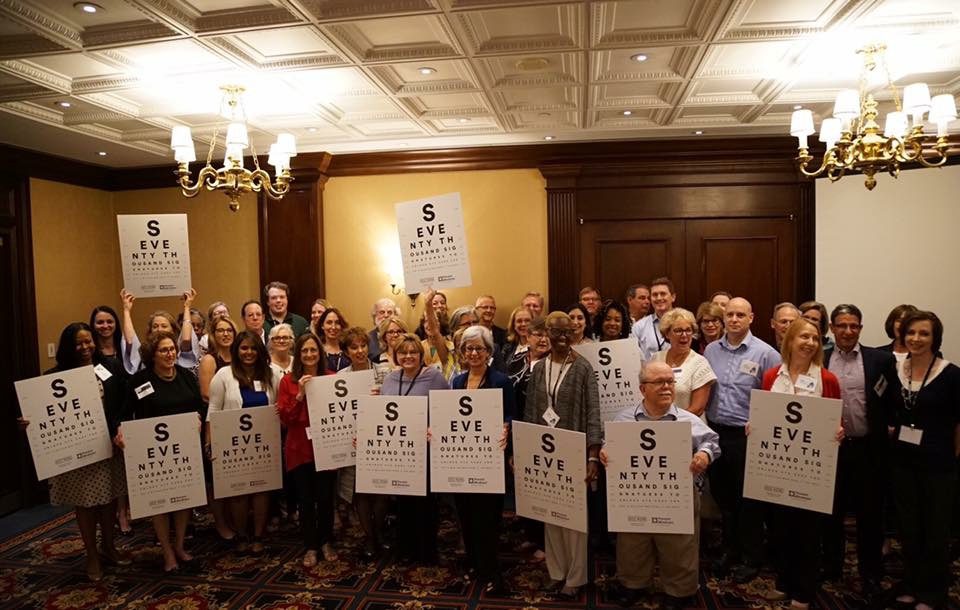Retirement looms near for many in this age category. If they haven’t already saved enough for a secure future, they should maximize contributions to IRAs and 401(k) plans.
Financial challenges facing people in this age range:
-
Looking to downsize to a smaller residence
-
Dealing with aging parents who may need financial assistance or help with daily activities
-
Considering succession planning for professionals and business owners
-
Integrating an inheritance from a parent’s estate into their own investment mix
-
Providing financial help for their children to purchase homes or become established in business
-
Funding college savings plans for their grandchildren
-
Medicare and Social Security planning
The estate planning documents needed for this age group include:
-
A will, possibly with pour-over provisions to a living trust
-
A living trust naming a successor trustee to handle the affairs of a business or deal with out-of-state property
-
Health care directives detailing wishes regarding end-of-life care, along with a health care proxy
-
Disability and long-term care insurance
-
Succession documents for winding down business interests
With mortgages and college expenses in the past, many people in this age group are finally able to make larger gifts to the organizations they support. This may mean larger gifts than they have previously made.
Among the ways people in this age range can support charity:
-
Cash gifts
-
Gifts of appreciated securities
-
Bequests in a will or living trust
-
Donor advised funds allow deductions in the current year for larger gifts, with decisions in future years for the charities and programs to support.
-
Life insurance policies may no longer be needed for family security. These can be given to charity for a current income tax deduction, or charity can be named as a beneficiary.
-
Charity can be named to receive all or part of an IRA, 401(k) or other retirement plan, avoiding the income tax that other beneficiaries would owe.
-
Charitable remainder trusts provide a deduction during high tax years, with either fixed or fluctuating payments made for life, along with future benefit to named charities.
| Ages 40 and younger |
Ages 40s to mid-50s |
Ages mid-50s to 60s | Ages 70 and older |
Please contact us for more information on any of the ideas above.

